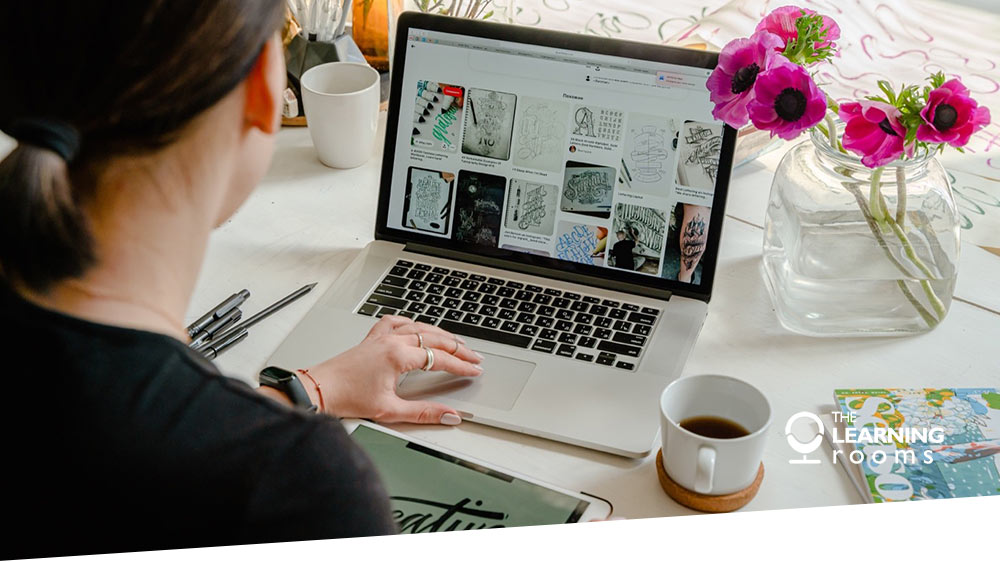
20 Jul Sourcing and Selecting Media for eLearning Projects
There are many benefits to using a variety of media in your eLearning projects. The use of images, graphics and video in your eLearning project can not only please the eye but also help to simplify complex information, present concepts in action and improve knowledge retention.
Sourcing and selecting media for eLearning projects however can sometimes be a challenge. With so many stock sites and media options to choose from, it can be easy to become overwhelmed.
Below are 6 things to consider when sourcing and selecting media for your eLearning projects:
Choose your Media Type
You can make choosing media a little bit easier by reflecting on your goals and what you would like the learner to achieve. Photos are effective in providing visual context for text and/or helping the learner to recognise an object, person or place. Video can present information in an attention grabbing but easy to consume way that is great for learning on the go. Screenshots or screen recordings are excellent for demonstrating the use software or computer programs. And lastly infographics, graphs and diagrams are a powerful way to help the learner to visualise complex information and data.
Be a Storyteller
As the old saying goes, ‘a picture is worth a thousand words’. Think about what you are trying to communicate to the learner with the media you choose for your online course. The purpose of a piece of media should not be to just look good on screen, it should support learning, tell a story and help the learner to connect with the content.
Evoke Emotion
Images and video can be incredibly powerful for making us feel something. Well-chosen media for eLearning can bring about emotion in the learner, help them to connect with the information and allow it to stick. Think about who your learner is, their age group, what they might like and dislike and what their needs might be. Consider presenting things from their perspective, or through their eyes. This will help you to tap into the mind of the learner making it easier for you to choose media that they will relate to.
Consider Composition
Consider composition when choosing your media for eLearning. Take a look at the rule of thirds which is a great tool to use as a guide for image composition. Consider whether the image, video or graphic you have chosen feels balanced or not? Is it easy to distinguish what is in the background and foreground? If your choice of media is well-composed, it will go down well with the learner, if not, unfortunately, they may be left unsure of what you are trying to say.
Look at Layout
Similar to composition, once you have chosen your image or video, where and how you place it is just as important. Ensure its placement is in harmony with other on-screen elements such as text, buttons and interactions, there is ample white space and there is no distracting clutter.
The Practical Stuff
Always opt for high resolution and good quality images and footage when sourcing your eLearning media. Blurry or pixelated images can cause dissatisfaction in the learner and even harm their experience with the content.
Lastly, for your own protection, don’t forget copyright. If you are downloading images from a stock site, it is always a good idea to check out licence and terms to be sure your use of your chosen media is legal. Check out our previous blog to learn more about sourcing free images and videos for your eLearning course.
We hope these tips prove useful for sourcing and selecting media for your eLearning projects. Whether you are looking for more ways to reduce your eLearning course development time or perhaps you don’t know where to begin, why not check out our re-usable eLearning template. Our years of experience in building engaging and interactive eLearning courses have enabled us to develop an Articulate Storyline Template designed to empower you to develop consistent, highly interactive eLearning.


